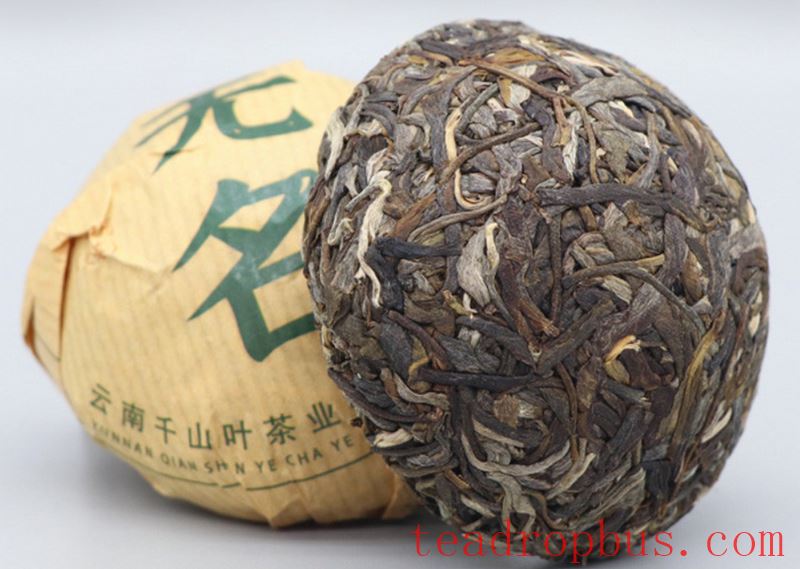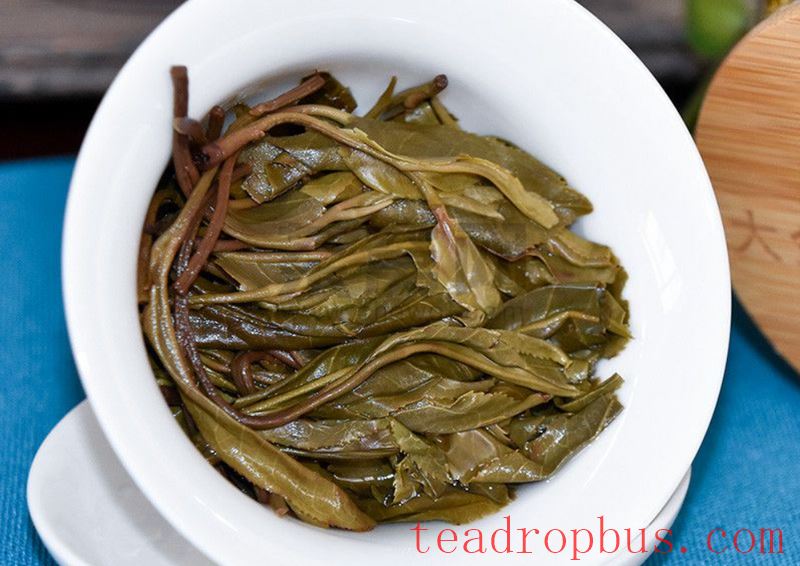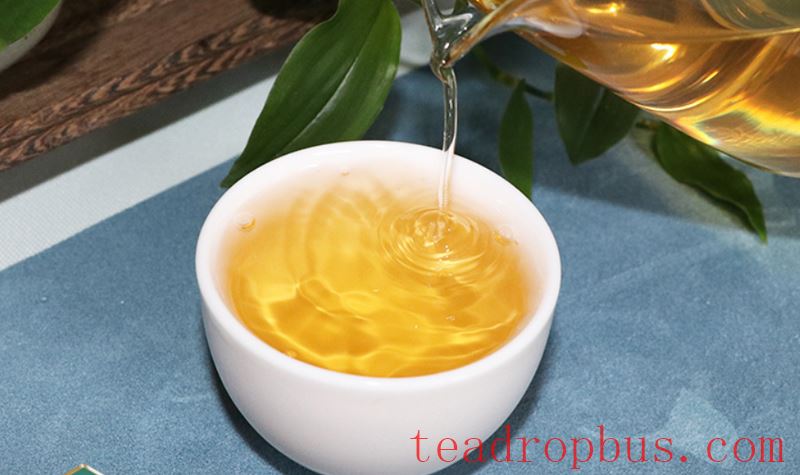To truly appreciate raw Pu'er Tea, you can start by:
- Observing the appearance: Look at the shape and color of the leaves.
- Smelling the aroma: Notice its type and layers of scent.
- Tasting the flavor: Slowly savor its mouthfeel, aftertaste, and salivation.
- Noticing the liquor color: Observe the color and clarity of the tea infusion.
- Trying different teas: Each raw Pu'er has unique characteristics, so tasting various ones will help you gradually understand them.

To fully appreciate raw Pu'er tea, follow these steps:
One: Examine the Tea
- Mature production techniques ensure a uniform appearance in compressed cakes, with consistent thickness and tightly compacted edges.
- With the advent of electrostatic dust removal machines, modern, reputable manufacturers produce clean tea free from foreign matter. However, before 2004, when such machinery was not widely used, older teas may contain impurities that were manually screened out.
- The color distinguishes raw from ripe tea, with ripe tea being dark brown and raw tea ranging from dark green (young) to chestnut brown (aged).
- The leaf structure progresses from loose → firm and thin → robust and dry → lustrous.

Two: Feel the Tea
- Check the compactness. Loosely Compressed tea ages faster under similar storage conditions than tightly compressed tea.
- Inspect the surface for mixed grades of leaves, which improves appearance, versus a consistent grade throughout the compressed tea.
Three: Smell the Dry Leaves
- As the name suggests, use your nose to carefully smell the tea. Pu'er tea improves with age, but improper storage can result in unwanted odors like wateriness, grassiness, smoke, mold, or spices.

Four: Brew and Smell the Aroma
- Use 6-8 grams of tea, rinse it once or twice, then pour the tea liquor into a pitcher and smell the cup's bottom. Some teas have no noticeable aroma, some have a faint scent, some release a pleasant fragrance, and some have a penetrating, high-pitched aroma. For example, Jingmai ancient tree tea has a prominent and lasting fragrance, while Bingdao ancient tree tea has a subtle, elegant aroma that is more felt than smelled.
- Certain aromas can indicate mistakes during processing, such as a grassy scent from insufficiently cooked fresh leaves or a raw green smell from undercooked leaves.
Five: Brew and Observe the Color
- Ripe Pu'er tea produces a reddish-brown liquor, a product of full fermentation. The colors of raw Pu'er tea evolve over time, pleasing to the eye.
- The color changes from yellow-green → wine red:
- 1-2 years: Yellow-green like a child's innocence → Around 3 years: Golden yellow → 3-5 years: Orange-yellow → 5-8 years: Orange-red → 8-15 years: Pomegranate red → 15-30 years: Garnet red → Over 30 years: Wine red, akin to a perfect match.

If you are interested in tea, please visit Tea Drop Bus